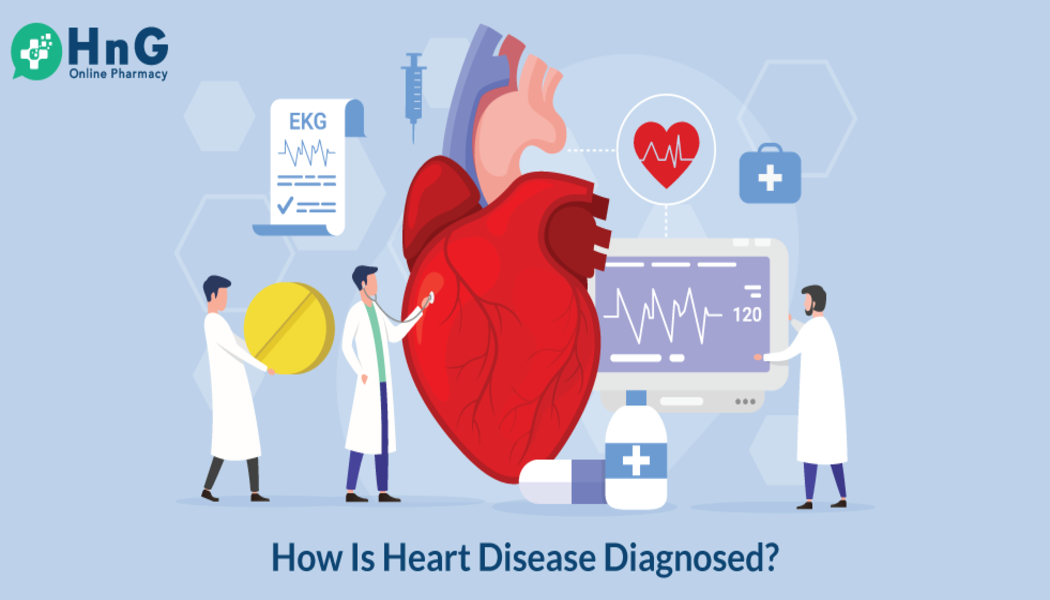How Is Heart Disease Diagnosed?
Aug 27, 2021
How Is Heart Disease Diagnosed? Let's check in detail:
- Symptoms
- Physical exam and blood tests
- Takeaway
Testing for heart disease
Heart disease refers to any condition that affects your heart, including arrhythmia and coronary artery disease. It is a leading cause of death for both men and women.
Your doctor may conduct a series of tests to diagnose heart disease in order to diagnose heart disease. Some of these tests may be used to screen for heart disease in patients before they develop any symptoms.
Symptoms of heart disease
Symptoms of a heart problem may include:
- fainting
- slow or fast heartbeat
- chest tightness
- chest pain
- shortness of breath
- sudden swelling in legs, feet, ankles, or abdomen
It is advisable to visit your doctor if you experience any of these symptoms. Early treatment and diagnosis can reduce your chances of suffering complications such as stroke or heart attack.
Physical exam and blood tests
When you go for a physical examination and blood tests, your doctor will inquire about your symptoms and the medical history of your family. The heart rate and blood pressure will be measured.
The doctor might also refer you for blood tests. Cholesterol tests, for example, measure your bloodstream levels of cholesterol and fat. These tests can be used by your doctor to determine your risk for heart disease or heart attack.
Following four types of fats are tested in your blood during a complete cholesterol test:
- Total cholesterol is the sum of all cholesterol found in your blood.
- Low-density lipoprotein (LDL) cholesterol is sometimes called “bad” cholesterol. It can cause fat build-up in the arteries which will reduce blood flow. This can cause a stroke or heart attack.
- High-density lipoprotein (HDL) cholesterol is often referred to as “good” cholesterol. It reduces LDL cholesterol and helps clear your arteries.
- Triglycerides are a type of fat found in your blood. Excessive alcohol intake, diabetes, smoking, and high levels of triglycerides can all be linked to high levels of these fatty acids.
Your doctor may also advise you to do C-reactive protein (CRP) tests to check your body for signs of inflammation. Your results from your cholesterol and CRP tests can be used by your doctor to determine your risk of developing heart disease.
Non-invasive tests for heart disease
Your doctor may order non-invasive tests after you have completed a physical exam and have taken blood tests. Non-invasive refers to performing tests that aren't performed with tools that can break the skin or enter the body. Many non-invasive tests are available to help the doctor detect heart diseases.
1. Electrocardiogram
An electrocardiogram (EKG) is a short test that monitors the electrical activity in your heart. It involves recording the activity on a strip of paper. This strip of paper records the activity. This test can be used by your doctor to detect irregular heartbeats or damage to the heart.
2. Echocardiogram
An echocardiogram test is basically an ultrasound of your heart. The ultrasound utilizes sound waves to make a picture of your heart. It may be used by your doctor to assess your heart valves or heart muscles.
3. Stress test
During a stress test, the doctor may need to examine you while you’re doing strenuous activity. This helps them in diagnosing heart problems. They’ll observe your body’s response to stress as your heart rate increases.
4. Carotid ultrasound
A carotid duplex scan uses sound waves to take pictures of your carotid arteries on both sides of your neck. This allows your doctor to assess the risk of stroke by checking for plaque build-up in your arteries.
5. Holter monitor
If your doctor needs to monitor your heart over a period of 24 to 48 hours, they’ll advise you to wear a device named a Holter monitor. This tiny machine functions like an EKG. The doctor can use it to check for heart abnormalities that can go undetected on a normal EKG, such as arrhythmias, or irregular heartbeats.
6. Chest X-ray
A chest X-ray uses a small amount of radiation to create images of your chest, including your heart. It can help the doctor determine the cause of shortness of breath or chest pains.
7. Tilt table test
If you have fainted, your doctor may order a tilt-table test. Your doctor may even ask you to lie down on a tilt table. The table can move from horizontal to vertical and they'll be monitoring your heart rate, blood pressure, and oxygen levels meanwhile. The results will help your doctor determine if your fainting is due to heart disease or other conditions.
8. CT scan
The CT scan uses multiple X-ray images to create a cross-sectional image of your heart. Different types of CT scans may be used by your doctor to diagnose heart disease. To check for calcium deposits in the coronary arteries, your doctor may use a calcium score screening scan. Or they may use coronary CT angiography to check for the fat or calcium deposits in your arteries.
9. Heart MRI
In an MRI, the large magnets and radio waves create images of the inside of your body. During a heart MRI, the technician creates images of your blood vessels and heart while it’s beating. Your doctor can then use the images to diagnose conditions such as heart muscle disease and coronary artery disease.
Invasive tests to diagnose heart disease
Sometimes non-invasive tests don’t provide enough answers. The doctor may need to use an invasive procedure to diagnose heart disease, which may involve tools that physically enter the body, such as a needle, tube, or scope.
1. Coronary angiography and cardiac catheterization
During cardiac catheterization, the doctor inserts a long flexible tube through a blood vessel in your groin or another part of your body. Then after they move this tube toward your heart. The doctor can use it to conduct tests to check for blood vessel problems and heart abnormalities.
Your doctor might perform coronary angiography and catheterization. The doctor will inject a special dye into your blood vessels to make sure that they are working properly. They'll then use an X-ray to examine your coronary vessels. This test can be used to check for blocked or narrowed arteries.
2. Electrophysiology study
An electrophysiology study may be performed if you have irregular heartbeats. This will help determine the best treatment. Your doctor will insert an electrode catheter into your bloodstream to reach your heart. This electrode is used to send electrical signals to your heart and to create a map showing its electrical activity.
The doctor may try to restore your natural heart rhythm by prescribing medications or other treatments.
When to see your doctor
If you suspect you may have heart disease, make an appointment with your doctor. The factors that put you at a higher risk for heart disease include:
- family history of heart disease
- history of smoking
- obesity
- poor diet
- age
The doctor might perform a physical exam, order blood tests or use other tests to determine if there are any problems with your heart and blood vessels. These tests may help your doctor diagnose heart disease and develop a treatment plan.
Heart disease complications include stroke and heart attack. Early diagnosis and treatment can help reduce the chance of complications. If you have any concerns, talk to your doctor. You'll learn how to recognize the signs of heart disease and keep your heart healthy.
Takeaway
Preventing complications such as stroke and heart disease by keeping your blood pressure within a normal range is key. Your blood pressure can be reduced by a combination of lifestyle changes and medication. If you are overweight, weight loss is also important in keeping your numbers down.
A single blood pressure reading does not necessarily indicate your health. The most accurate reading is one that has been taken several times over time. It is a good idea to have your blood pressure checked by a healthcare professional at a minimum once per year. If your readings are high, you may need to have more frequent checks.
Recent Post

Things You Need to Know About Acid Reflux & GERD
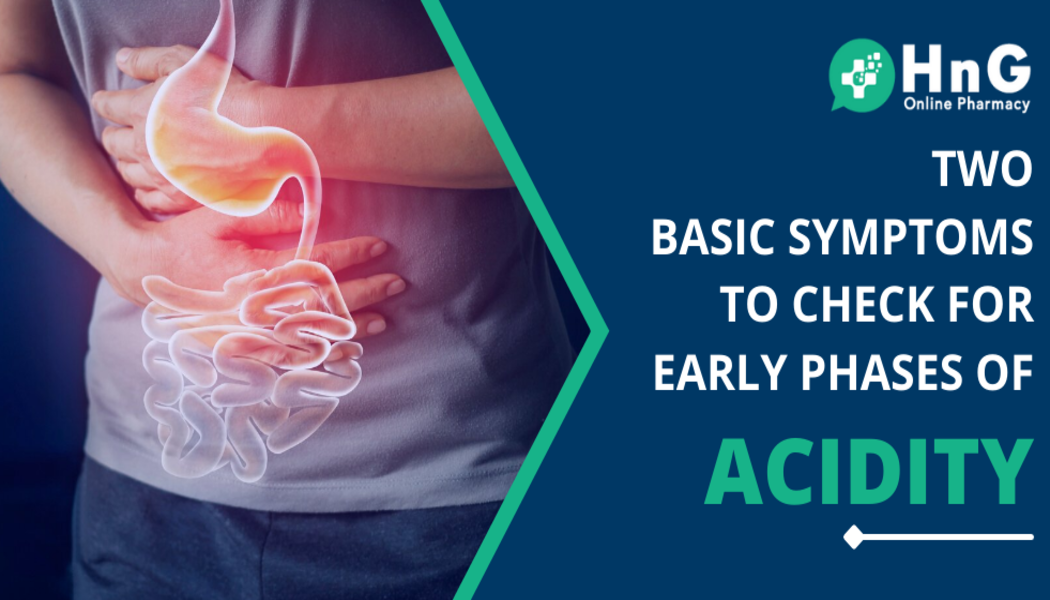
Two Basic Symptoms to Check for Early Phases of Acidity
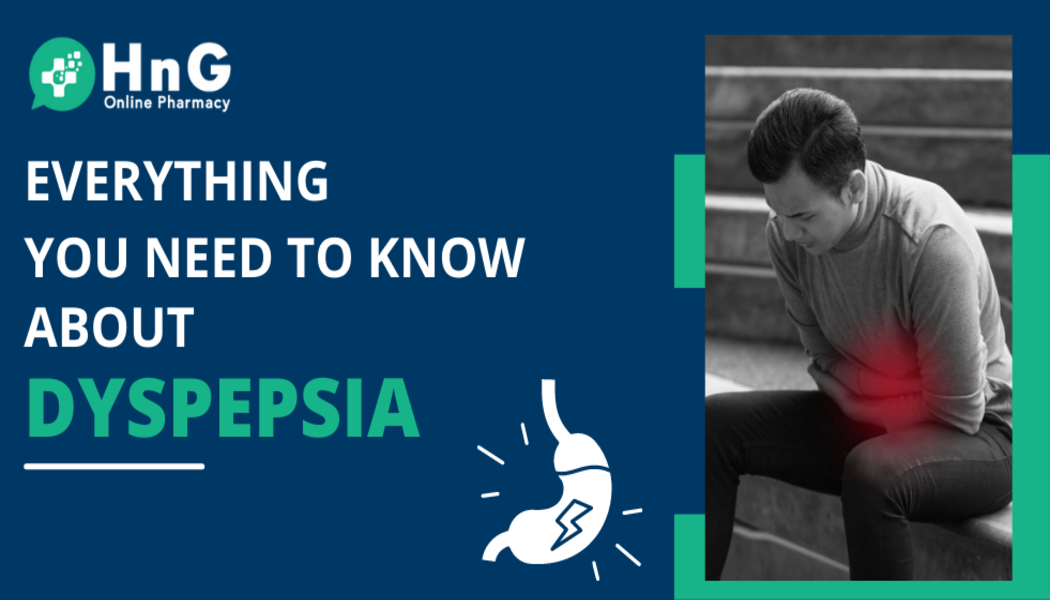
Everything You Need to Know About Dyspepsia
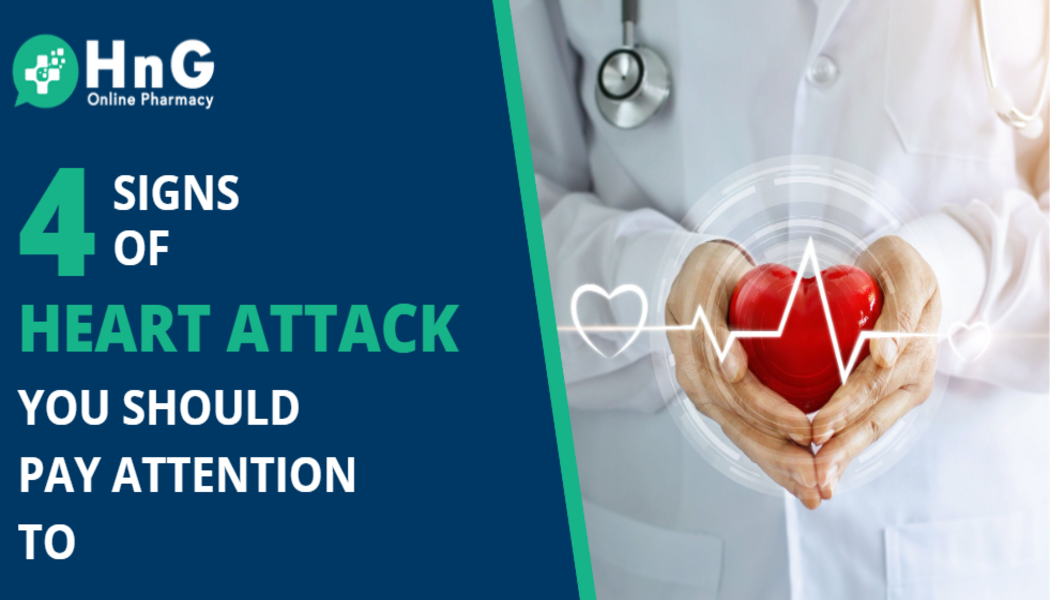
4 Signs of Heart Attack You Should Pay Attention to

6 Benefits of Online Pharmacy over Conventional Pharmacy

Key Advantages Of Buying Medicines Online
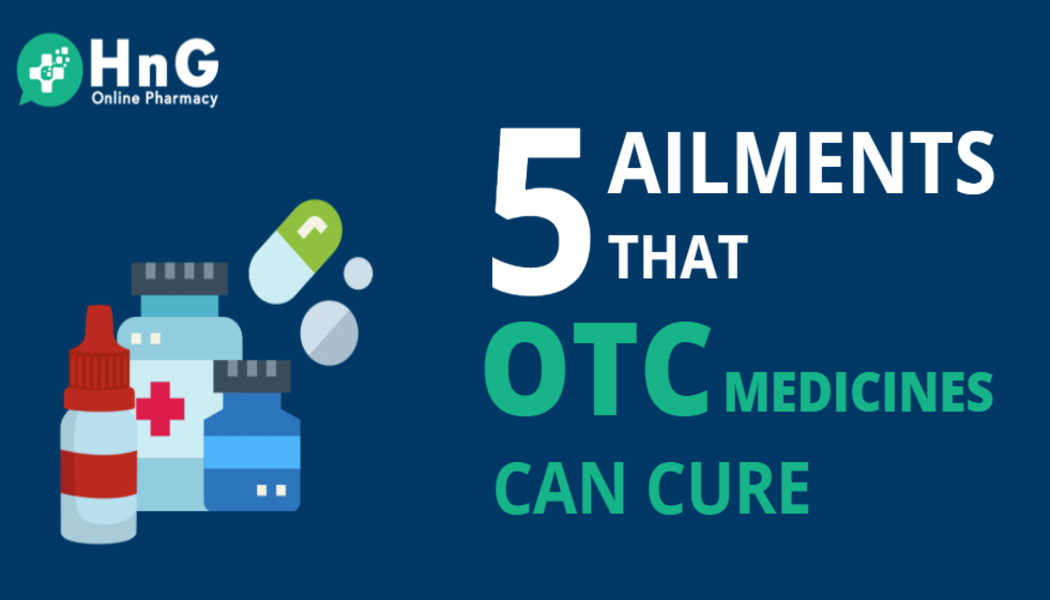
5 Ailments That OTC Medicines Can Cure

8 Tips To Follow Before You Buy Medicines Online

